Laboratory Quality Test
Laboratory Equipments

A quality management system is now generally acknowledged in the plastics sector as a tool to assist long-term business survival and success. Al-Quds considers laboratory testing as a crucial procedure that makes the best use of scientific analysis to help solve any issues that might be raised in the plastic products industry. The need for the lab’s several tests lies in its importance to gauge accurately the selection of the chemical additives, light & heat penetration, shelf-life, tensity and elongation and other several features whether for PE or PP purposes. Not to mention, lab checks and analyses are mandatory to confirm compliance with international standards and quality assurance through its numerous requirements, stages, and techniques. Here is a summary of our quality management measuring equipment.

UV-VIS
This device is used to measure the wavelengths of the window ultraviolet rays and the ultraviolet rays entering the greenhouse, with the possibility of controlling the ratio through additives according to each plant type and climate.
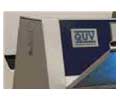
QUV
The QUV device is used to test the film’s durability. It includes lamps that emit aggressive radiation in the ultraviolet range (UV range), to simulate sun exposure in a short time.

FT-IR
spectrometer
It is the latest equipment in Egypt and the region and works with infrared to measure both the thermic index and UV content in plastic film.
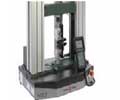
Elongation and Strength
The Extensometer is used to measure the maximum load needed to film break and the film strain at break. The specimen’s dimensions, test conditions and test procedure are according to international standards (ASTM, ISO).

Dart Falling Impact
This method is used to determine the energy that causes the film to fail under specified conditions. This energy is expressed in terms of the weight of the missile falling from a specified high. The test is carried out according to ASTM D1709-85.
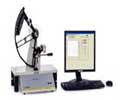
Tear
The Elmendorf Tear is used to measure the maximum tear resistance for polyethylene film. The specimen’s dimensions, test conditions and test procedure are according to international standards (ASTM, ISO).
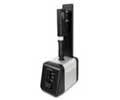
Haze
The Haze device is used to test the optical properties of the film (transmission - diffusion) ASTM 1003.
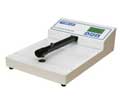
Opacity test
Transmission Densitometer/Opacity Meter measures and calculates per cent opacity, per cent transmission, and transmission optical density. ASTM 1003

Lux meter
With a Test lux meter, we ensure optimum interior light conditions.

(COF) TESTER
The COF tester measures the coefficient of friction of a test sample, by pulling a weighted sledge across a test sample and measuring the force. ASTM8D 1894-14.
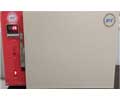
Shrink oven
Tester is for testing the heating shrinkage of packaging films submerged in liquid at different temperatures.

Heat Seal Tester
Determine Sealing Parameters Conforms to ASTM F2029.
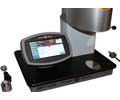
MFI tester
Melt flow index (MFI), melt flow rate (MFR) or melt index (MI) are the same test at different test conditions and are used to measure melt viscosity under a constant load and low shear rates.

Static Charge tester
It measures the force between the induced charges in a sensor and the charge present on the surface of an object.
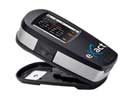
Opacity white CPP tester
The X-Rite exact Standard ensures accurate spot colors.

Density test
Density measurements check the purity and concentration of a sample and give insight into its composition. The measurement of density is crucial to ensure quality for both raw materials and finished goods. ASTM-D 1505

Ash content test
Ash test is used to determine if a material is filled. The test will identify the total filler content. According to ASTM D 5630-94 Method A.

Rebound tester
The rebound tester is a simple equipment used to measure the dynamic behavior of rubber materials.

Hot tack tester
A hot tack tester is used to check the seal strength of the packets when the seal is still hot.

